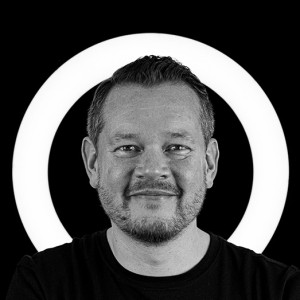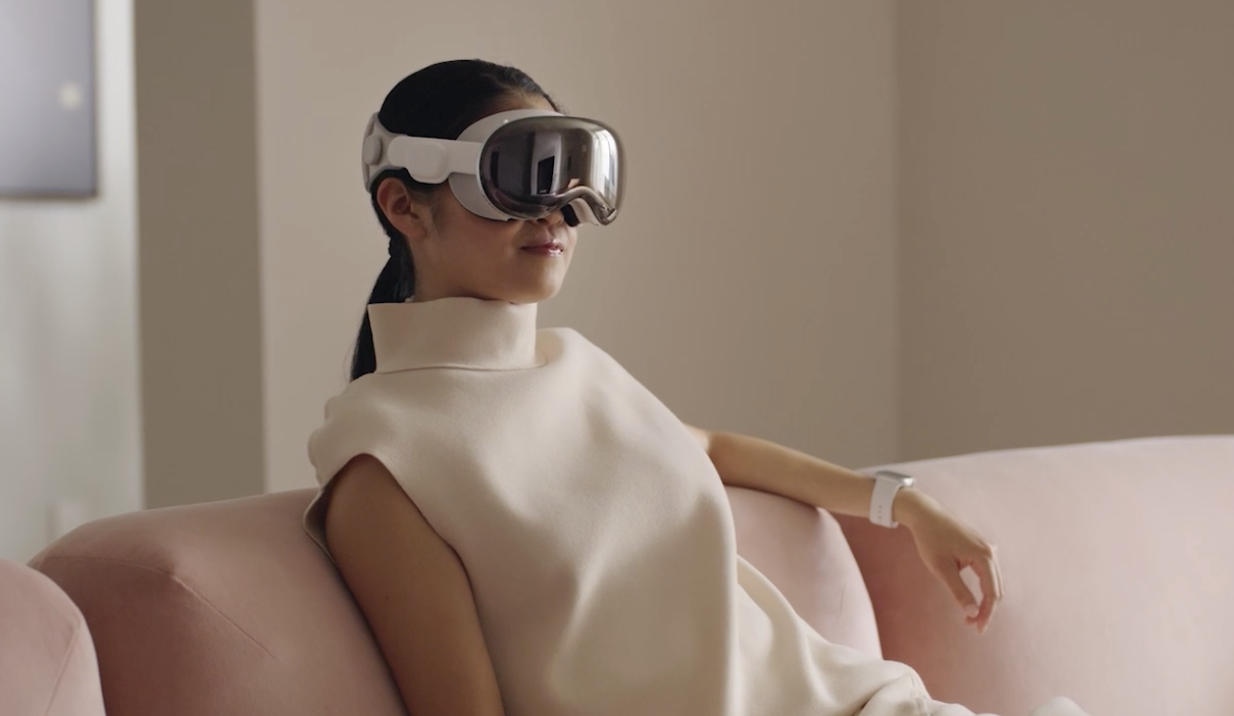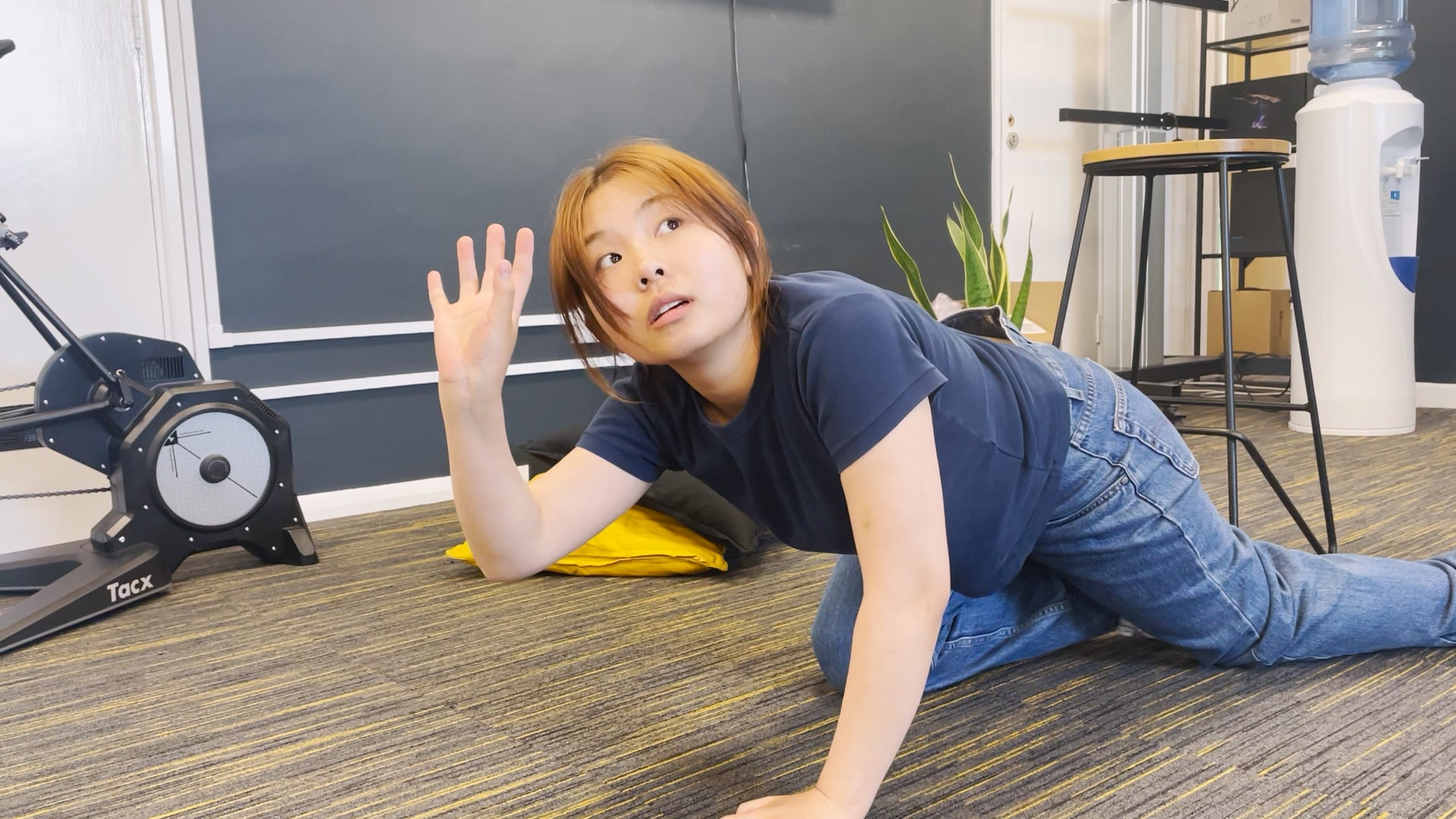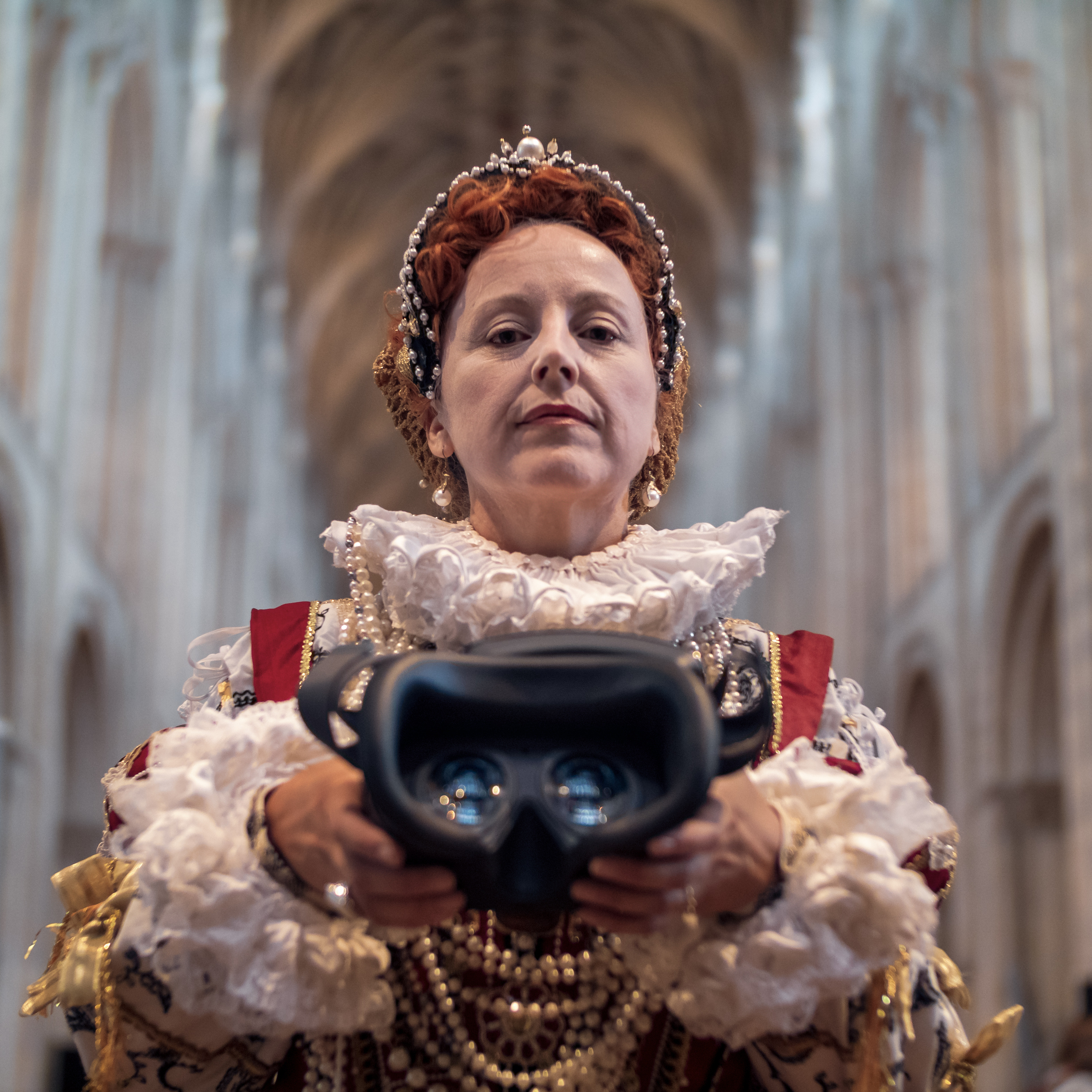Knowledge Base
25th August 2020
Virtually identical
The Covid-19 pandemic had a serious impact on travelling – not just internationally, but domestically. Small journeys that previously would never have been an issue were treated with caution, while social distancing changed how we interact both with others and the environment around us.
Understandably, this drove a sharp rise in virtual alternatives to physical activities, from viewing a house to hosting an event to filming a show. But for these types of experiences to work, we need compelling visuals that are as lifelike as possible – and that’s where creating highly accurate 3D assets is key.
Virtual copies of real places
A 2020 report from the BBC noted an uptake in virtual property viewings since coronavirus hit, with VR viewings tripling in the first month of lockdown alone. And that trend has continued – not just in the housing market. With the virus severely curtailing travel, and local lockdowns and quarantines implemented at a moment’s notice, our ability to visit places and mix freely with others has changed indefinitely. To survive, businesses and sectors have turned to virtual solutions. Anything from location scouting to a training simulation requires realistic environments – and creating a 3D experience is fast becoming the best solution.
With that in mind, it’s unsurprising that we’ve been seeing a surge in the use of techniques such as photogrammetry and laser scanning as a way to quickly and accurately create 3D representations of places, objects and sometimes even people. And while these techniques have been around for years, recent advances in technology mean that they’re more easily accessible than they’ve ever been before – which is good news both for professional and amateur content creators.
The power of photogrammetry
Photogrammetry is one way to ensure accurate 3D assets. Essentially photogrammetry is the method of creating structure from photos – you take hundreds of different photos of an object or place and then use specialist software (we prefer Reality Capture) to compare the matching features between the photos and form a ‘point cloud’, which can then be used to create the model. We find this particularly useful for large scale high quality environments – for example, we used photogrammetry to model the historic medieval streets around Elm Hill in Norwich, Norfolk, for a heritage project. But this in turn demonstrates how this type of technology can be used for virtual location scouting. Whereas before people would travel to a location to assess its suitability, whether for filming or an event, in today’s world we could recreate that location using photos from a smartphone and allow them to view it online or via a VR headset, therefore avoiding the initial need to travel. This is both more cost-effective, more sustainable and Covid-safe.
Looking at lidar
Another area of interest is lidar, which is a form of laser scanning. Lidar (which stands for light detection and ranging) measures distances by illuminating the target with laser light and measuring the reflection with a sensor. The differences in the time it takes for the laser to return can be used to make 3D representations of the space or object – a bit like radar but with lasers rather than radio. Up until relatively recently, high quality and portable laser scanning was a specialist method with equipment you had to rent for thousands of pounds. Now, the iPad Pro comes with an in-built lidar scanner so you can essentially carry out on-the-spot scans with a regular consumer device. We’ve found it to be particularly useful when creating game environments – scanning a space or object gives us a steer in terms of scale and obstacle placement – but there are much wider use cases too. With this technology becoming more easily accessible, anyone can use it to help create 3D assets. So for an estate agent interested in creating virtual viewings, they could simply scan the house with an iPad Pro and create a digital 3D version which can be viewed via VR headset.
More reasons to go virtual
3D asset creation has been rapidly advancing. In just the last five years we’ve moved from virtual tours that rely on flat monoscopic 360º images to being able to generate detailed 3D scans of a location using the smartphone or tablet we have at home. And in light of how coronavirus has changed our approach to travel and social distancing, the development of this technology is crucial. Valuable use cases for generating accurate 3D representations range from the property market to the film industry to game design, architecture and historical preservation – and that’s just a few. And while the last few months have been unprecedented and unsettling, it’s encouraging to know that virtual technology is well on its way to helping us establish a new kind of normality.

James has over two decades’ experience in highly technical roles – from the main IT agency of the British Government to digital marketing. He’s led development teams in three different agencies, plus worked as a freelance developer and consultant. His love of all things tech led James to co-found Infinite Form in 2015. When he’s not playing with computers, James is usually playing bass.
More from the Knowledge Hub
Do you have a message you want to convey? A situation that needs simulating, or an audience that needs reaching? Whatever your challenge – we have the ideas, the experience, and the equipment to help.



